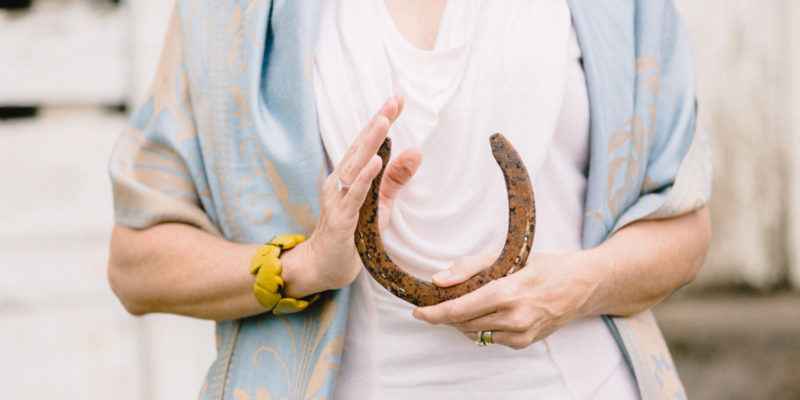Choose your words wisely, dear reader, they matter
Build a Culture of Appreciation
Set an Appointment
It is a good idea to make an appointment for the dialogue.
Once example is your partner might be taking the trash out and it might not be the best time to launch right into a dialogue.
Try this instead, “Iʻd like to have a dialogue with you where I share some appreciations with you, is now a good time?”
If it is not a good time, make an appointment for it within 24 hours. If it isnʻt scheduled, it doesn’t always happen.
Seeing your partner as an enemy is a choice
Third, engage in intentional dialogue with your partner.
Instructions for Intentional Dialogue
Choose a sender and a receiver. Sender sends short bits of information; digestible chunks of information.
For example, “As I’m sitting here I’m experiencing some neck and shoulder tension from computer work today.”
Receiver mirrors what sender sent:
“Let me see if I’m getting you, what I hear you saying is …your body is talking to you after a long day at work.”
Receiver checks for accuracy:
“Am I getting you?”
Sender says “yes” or “You got part of what I said, what I really want you to hear is…my neck and shoulders hurt”
[We discourage the sender replying with “no, you’re not getting me” because this destroys the bridge of connection.]
Receiver asks,
“Is there more?“
After mirroring, over and over, move into validation:
Receiver: “You make sense to me, given what I know about you, and what makes sense is…”
Then move into empathy:
Receiver: “I imagine you might be feeling…”
Encouragements
Say these phrases with an open heart and active engagement. Put your phone away. Even having a smartphone in the room with you makes you dumber, meaning, you are less likely to be fully engaged. Make sure you are not hungry or tired.
Open to hear that your partnerʻs experience in life may be very different from your own. Validation does NOT mean that you agree. You are simply acknowledging that the other person makes sense. We all make sense, and we all love to be validated.
- When triggered, simply say, “Let me see if Iʻm getting you, what I hear you saying is…”
- The invitation is to be impeccable with your word. Don’t make assumptions.
- Skillful communication builds bridges, eliminates walls (or perceived need for armor).
- It honors the unique perspective of every person on the planet.
- Invite others into your sovereign world and respectfully enter their worlds.




Leave a Reply